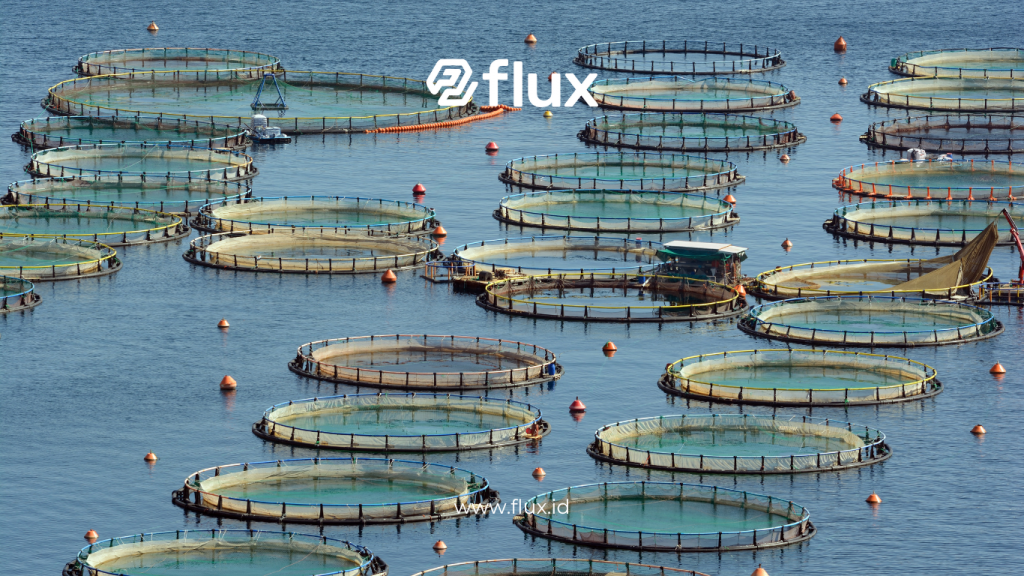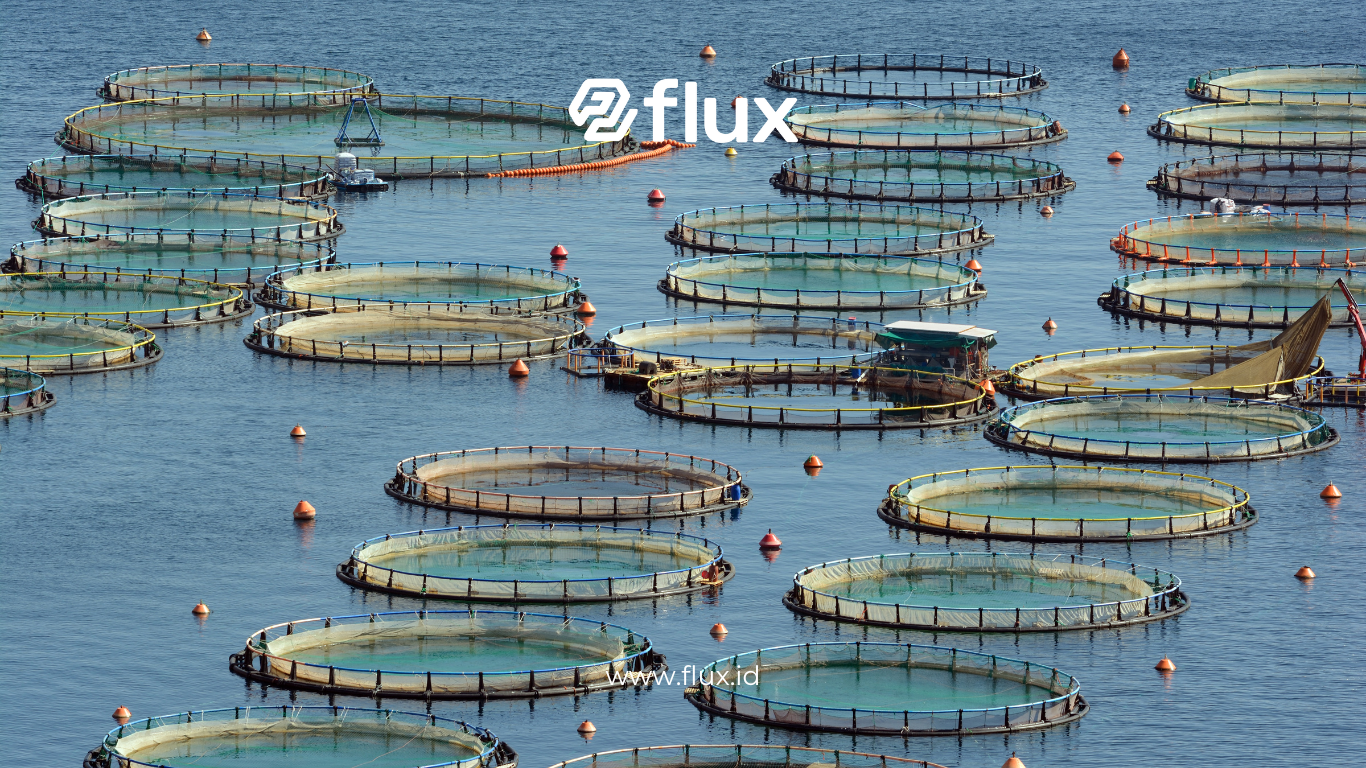Don't miss our holiday offer - 20% OFF!
Aquaculture plays a vital role in meeting global food demand. However, as the need for aquaculture products grows, so do the challenges of managing water quality and the surrounding environment. Maintaining ecological balance is crucial. In this context, the Internet of Things (IoT) technology offers smart solutions by utilizing sensors to monitor various environmental parameters. These include water temperature, dissolved oxygen levels, pH, and more in real-time. This article explores how using IoT sensors in aquaculture monitoring can optimize water and environmental management while enhancing fish farming productivity.
Contents
- 1 1. Why Water Quality Management is Crucial in Aquaculture
- 2 2. What Are IoT Sensors in Aquaculture?
- 3 3. Benefits of Using IoT Sensors in Aquaculture Monitoring
- 4 4. IoT Technology and Integrated Monitoring Systems
- 5 5. Case Study: IoT Sensor Implementation in Shrimp Farms
- 6 6. Challenges in Implementing IoT Technology in Aquaculture
- 7 7. The Future of IoT Technology in Aquaculture
- 8 Conclusion
1. Why Water Quality Management is Crucial in Aquaculture

Effective water quality management directly influences the success of aquaculture operations. Poor water quality negatively affects fish health, leading to reduced yields. Parameters such as temperature, oxygen levels, pH, and the presence of ammonia and nitrites must be monitored continuously to ensure ideal conditions. IoT sensors play a crucial role by delivering accurate, real-time data to keep track of water conditions.
2. What Are IoT Sensors in Aquaculture?

Read More: Improving Water Quality in Semarang with WQMS: An Innovation by PT Nocola IoT Solution
IoT sensors are devices designed to automatically measure environmental parameters and transmit data to a cloud platform for further analysis. In aquaculture, these sensors help monitor key water parameters like temperature, pH, and dissolved oxygen. The data they generate can be accessed remotely through smartphones or computers, allowing fish farmers to manage their farms more efficiently.
3. Benefits of Using IoT Sensors in Aquaculture Monitoring

Read More: pH Sensor for Ideal Water Conditions in Fisheries
a. Real-Time Water Quality Monitoring
With IoT sensors, fish farmers can continuously track water quality. These sensors measure parameters such as temperature and oxygen levels and send real-time data to a central system for analysis. This process enables farmers to make timely adjustments and ensure optimal conditions.
b. Early Detection of Environmental Issues
One of the key advantages of IoT technology is its ability to detect changes in environmental parameters quickly. Sensors can issue early warnings when oxygen levels drop or water temperature spikes, allowing fish farmers to act immediately before serious problems arise.
c. More Efficient Resource Management
IoT technology enables efficient resource utilization. With precise data at hand, fish farmers can adjust water, feed, and energy usage based on actual conditions. This not only reduces waste but also improves efficiency.
d. Lower Risk of Fish Diseases
Poor water quality often leads to fish diseases. By constantly monitoring water parameters, fish farmers can take preventive measures and avoid diseases caused by unfavorable environmental conditions.
e. Increased Productivity and Sustainability
IoT sensors enable better farm management, resulting in higher-quality fish production. Additionally, this technology promotes sustainable farming practices by reducing environmental harm and resource overuse.
4. IoT Technology and Integrated Monitoring Systems

IoT technology integrates several components into aquaculture monitoring systems, including sensors, communication networks, cloud platforms, and analytics applications. Here is an overview of how these elements work together in aquaculture:
a. Water Sensors
Farmers place water sensors in ponds or tanks to monitor temperature, dissolved oxygen, pH, and turbidity. These sensors have communication capabilities that send data to a central system.
b. Communication Networks
Data generated by the sensors is transmitted through communication networks such as Wi-Fi or cellular networks. This allows fish farmers to monitor farm conditions remotely.
c. Cloud Platform
The data from IoT sensors is processed and stored in the cloud. In this platform, data is analyzed and displayed in an accessible format. Fish farmers can view historical data, monitor trends, and receive predictions about future water conditions.
d. Analytics Applications
Through analytics applications, farmers can analyze data from multiple sensors and take actions based on system recommendations. This further optimizes farm management and decision-making.
5. Case Study: IoT Sensor Implementation in Shrimp Farms
One example of IoT technology’s successful application in aquaculture is its use in shrimp farms. Farmers installed IoT sensors to monitor water parameters, including temperature and dissolved oxygen levels. As a result, productivity increased by up to 20%, due to more efficient water management and fewer shrimp deaths caused by poor water quality. This case highlights the significant impact IoT technology can have on aquaculture.
6. Challenges in Implementing IoT Technology in Aquaculture
a. High Initial Costs
Despite the benefits, one major challenge of IoT technology in aquaculture is the high initial cost of purchasing and installing sensors and monitoring systems. However, this investment typically leads to cost savings and better productivity over time.
b. Limited Internet Access
In some rural or remote aquaculture locations, limited internet access presents another challenge. Network limitations can hinder data transmission from sensors to the cloud platform. Despite this, improving access to communication networks is a crucial step for expanding IoT technology in aquaculture.
c. Sensor Maintenance and Calibration
To ensure accurate readings, IoT sensors require regular maintenance and calibration. Farmers must ensure that their sensors are in good working condition and performing within specifications.
7. The Future of IoT Technology in Aquaculture
As IoT technology continues to evolve, it will likely become more sophisticated and affordable. With the integration of artificial intelligence (AI), future systems will predict water quality changes with greater precision. This will enable farmers to make better-informed decisions, leading to even more efficient aquaculture practices.
Conclusion
The use of IoT sensors in aquaculture monitoring provides smart, effective solutions for managing water quality and the environment. By continuously monitoring parameters in real-time, fish farmers can optimize resources, prevent diseases, and boost productivity. While challenges remain in implementing this technology, the long-term benefits far outweigh the initial costs. IoT sensors will play a pivotal role in ensuring the sustainability and success of the aquaculture industry moving forward.





